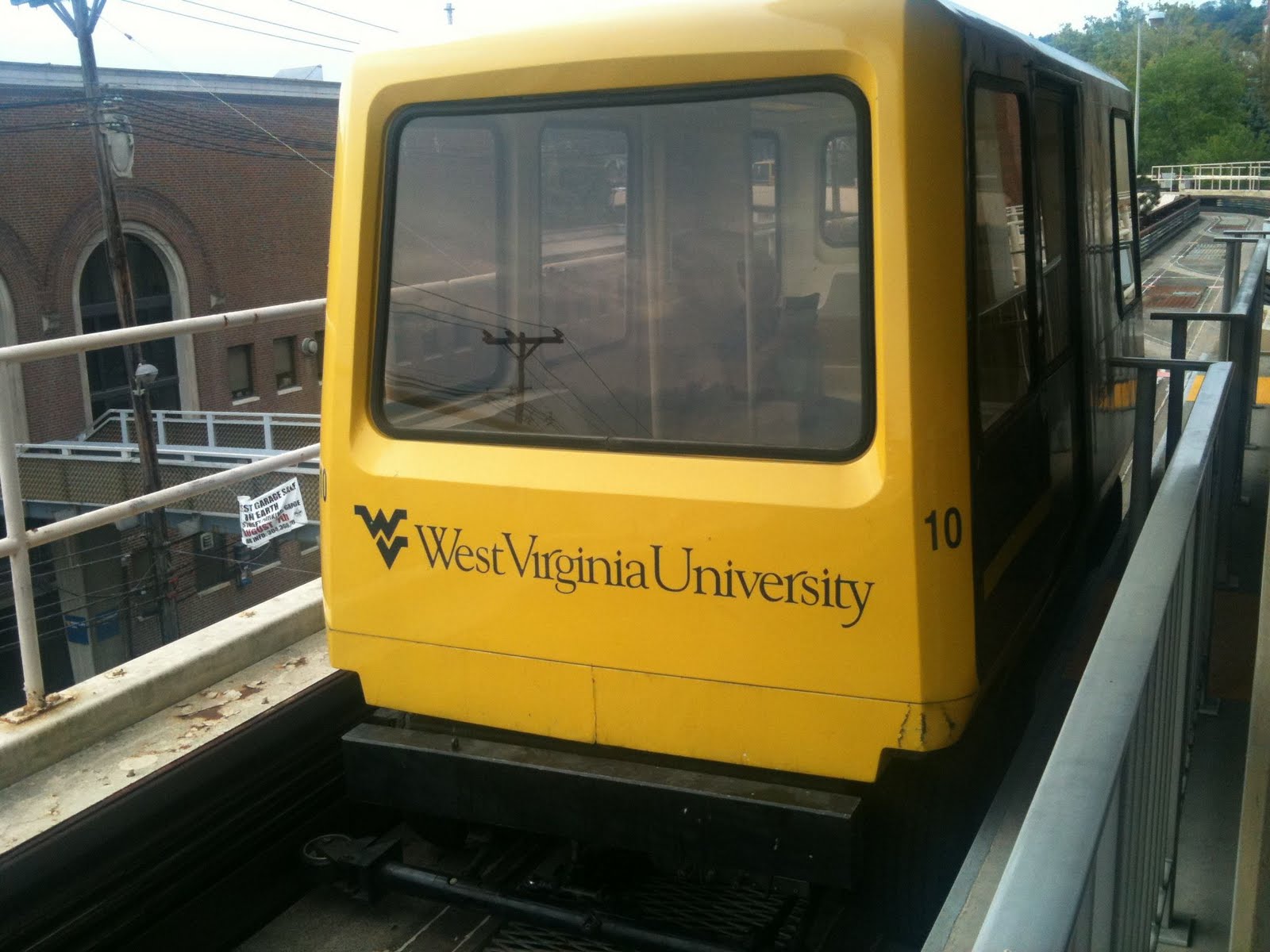Morgantown's Monorail: A Unique Transit Story

Imagine a city nestled amongst rolling hills, where a futuristic, driverless train glides silently above the traffic, connecting various points of interest. This isn't science fiction; it's the reality of Morgantown, West Virginia, home to a unique Personal Rapid Transit (PRT) system, often dubbed the "monorail."
Morgantown's PRT system, a network of elevated guideways and small, automated vehicles, represents a pioneering approach to urban transportation. Implemented in the early 1970s as a solution to the city's growing traffic congestion, particularly between West Virginia University's campuses, the PRT has become an integral part of Morgantown's identity.
The system's distinctive design, with its sleek, futuristic cars navigating the elevated monorail-like track, captivates visitors and residents alike. It's a tangible representation of innovation, a testament to the city's forward-thinking approach to urban planning.
However, the Morgantown monorail track system isn't just a visual marvel; it's a functional transportation solution that has shaped the city's development. The PRT offers a convenient, efficient, and reliable alternative to traditional bus routes, easing traffic congestion and connecting key destinations.
This article delves into the intricacies of the Morgantown PRT, exploring its history, impact, challenges, and potential future. From its origins as an experimental transit solution to its current role as a vital component of Morgantown's infrastructure, we'll uncover the story of this unique transportation system.
The genesis of the Morgantown monorail track can be traced back to the late 1960s, when the city faced increasing traffic woes. West Virginia University's expanding student population contributed significantly to this congestion. The federal government, seeking innovative solutions to urban transportation problems, funded the development of the PRT as a demonstration project. The system, designed to provide personalized, on-demand transportation, was unlike anything seen before.
The Morgantown PRT's significance lies in its pioneering nature. It was one of the first fully automated transit systems in the world, demonstrating the feasibility of computer-controlled, driverless vehicles. The system's unique design, featuring small, individual vehicles running on dedicated guideways, offered a personalized and efficient alternative to traditional mass transit.
The PRT's primary function is to transport passengers between West Virginia University's three campuses and the downtown area. The system comprises 45 vehicles operating on a 5.6-mile track, serving five stations. Passengers select their destination at the station, and a computer-controlled vehicle transports them directly to their chosen stop.
While generally reliable, the Morgantown PRT system has faced challenges over the years. Maintaining the aging infrastructure and ensuring system reliability during inclement weather have been ongoing concerns. Capacity limitations during peak hours and the need for ongoing modernization efforts also present challenges.
One of the main benefits of the Morgantown PRT is its reduced travel time compared to traditional bus routes, particularly during peak hours. The dedicated guideways and automated operation allow for consistent speeds and minimize delays. The system also contributes to reduced traffic congestion on city streets, making commutes smoother for those using other modes of transport.
Another advantage is the system's accessibility. The PRT stations are strategically located and designed to accommodate passengers with disabilities. The automated nature of the system further enhances accessibility, providing independent travel options for individuals with mobility challenges.
The PRT also promotes sustainability by reducing reliance on private vehicles. This contributes to lower emissions and a smaller carbon footprint, supporting Morgantown's environmental goals.
Advantages and Disadvantages of Morgantown's PRT
| Advantages | Disadvantages |
|---|---|
| Reduced Travel Time | Capacity Limitations |
| Reduced Traffic Congestion | Maintenance Costs |
| Accessibility | Weather Sensitivity |
The Morgantown Personal Rapid Transit system, while unique and innovative, represents a complex interplay of engineering, urban planning, and public policy. Its story continues to unfold as the city explores ways to modernize and optimize this vital transportation link.
The PRT has undoubtedly shaped Morgantown's landscape, both physically and culturally. Its presence has influenced urban development and provided a unique symbol of the city's commitment to innovation. As Morgantown continues to grow and evolve, the PRT will likely remain a key component of its transportation future.
Looking ahead, continued investment in the PRT's infrastructure and technology will be crucial for ensuring its long-term viability. Addressing the system's capacity limitations and exploring expansion possibilities will be essential for meeting the city's evolving transportation needs. The Morgantown PRT stands as a testament to the power of innovative thinking in addressing urban transportation challenges. Its unique approach to personal rapid transit continues to offer valuable lessons for cities around the world seeking sustainable and efficient transportation solutions.
Elevate your tiktok presence with aesthetic profile pictures
Unveiling the secrets of insect spiracles
Understanding the baptism now saves you verse












